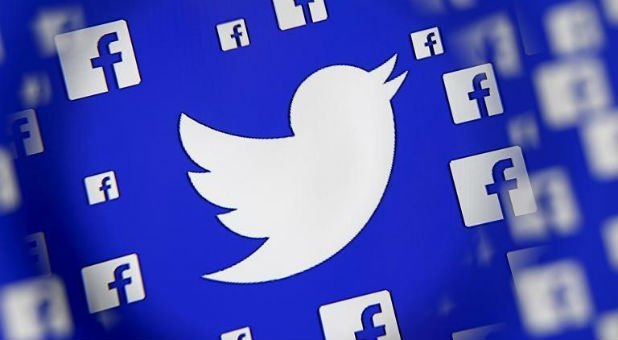Stop Using Facebook to Rant
Earlier this year I wrote about social media mistakes churches make. Those were quite general and involved church communications. And while there is some overlap with personal social media accounts, there are some distinct mistakes made by church leaders that are typically not made by church accounts.
1. Customer service rants. Too many pastors and church leaders have reputations of being keyboard warriors. Not a week goes by where I don’t see a pastor or church leader fire off a series of tweets about a customer service issue that in many cases the company can’t control. These typically amount to no more than Twitter temper tantrums. They are mostly ineffective and create a less-than-favorable impression of the pastor or church leader and the church they represent.
2. Theological warring. No one ever wins. No one ever changes his/her mind. But we still battle over theology through 140 characters. There is a difference in standing for truth and trying to win every fight you’re not invited to. We would be good to remember James 1:19-20 and “be quick to hear, slow to speak, and slow to anger, for man’s anger does not accomplish God’s righteousness” (HCSB). Unfortunately, we too often turn our anger up to 11 online, and the results are burned bridges and a damaged gospel witness.
3. Starting tweets with @. This is a shift in the type of mistakes that were previously listed. However this is the most common error I see on Twitter. There are reports this may soon change, but as of now, when you start a tweet with @, only the people who follow both you and whomever you mention see that tweet. So a tweet talking about Thom Rainer’s new book, Who Moved My Pulpit?, would need a punctuation mark before the @ at the beginning. Typically a period is used. Here is an example “.@ThomRainer has a great new book out on leading change in the church.” The mistake would be to omit the period at the beginning: “@ThomRainer has a great new book … .”
4. Using a Facebook group instead of a page. Unless you need to keep information private and only within a set group (maybe for a Bible study or small group), use Facebook pages, not groups. I’ve seen student ministries, children’s ministries, and even churches with groups when they should have been using pages. For a breakdown on the differences, see this article.
5. Forgetting the permanence of social media. I have a whole folder of screen shots of example after example of social media mistakes. Most of them are funny typos or unfortunate word choices that just change the meaning of a tweet or post. They are harmless errors that have long since been deleted from the hosting site. But I have a copy. And I’m probably not the only one who does. Now imagine a seriously harmful tweet or picture. Think of how many people might have screen shots. You may delete the tweet or post from a website, but it will still likely exist on someone else’s hard drive.
6. Forgetting who is watching. I’ll readily admit that this is the mistake I make the most. Every time I tweet something, more than 4,000 people could read it. Please don’t take that as being prideful. My point is that I fall into the trap of thinking my Twittersphere consists of just me and a few of my friends. I forget about the other 3,990 people who don’t know what I’m doing at the time of the tweet or have little context for my comments. It’s easy for our tweets to be taken the wrong way when we are not precise with our words.
7. Retweeting compliments. There are ways to acknowledge someone who says something nice about you or your work without boasting about it. But when you retweet a compliment (even with a humble thank you), all humility is lost in the eyes of those reading. To the general public, retweeting compliments is nothing more than boasting. Even worse, when we make it a pattern of our online behavior, we become like a sounding gong or a clanging cymbal—our content becomes empty and hollow. {eoa}
This article originally appeared on thomrainer.com.















































